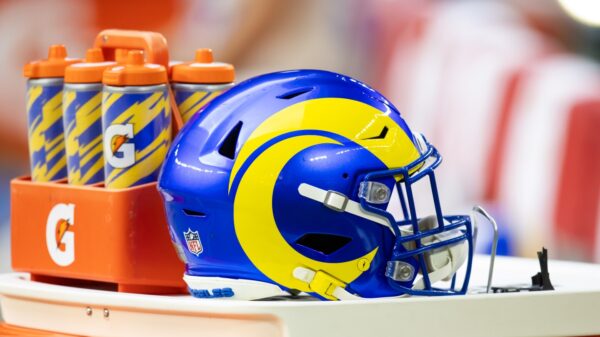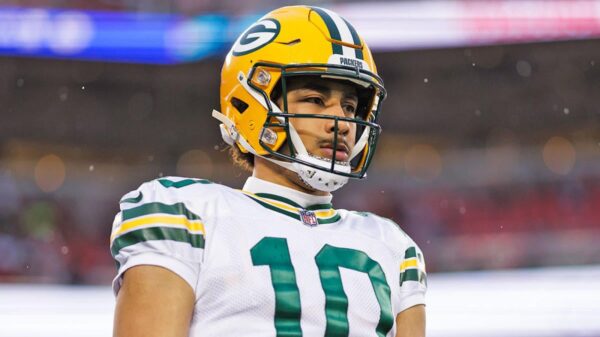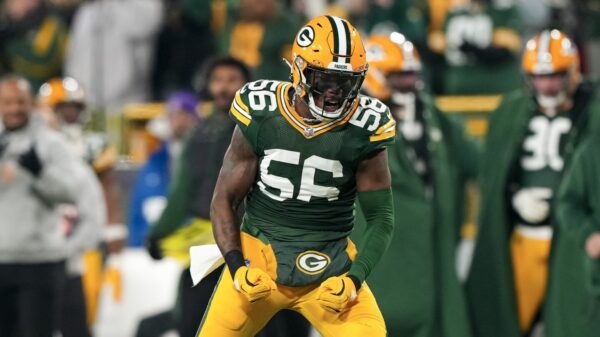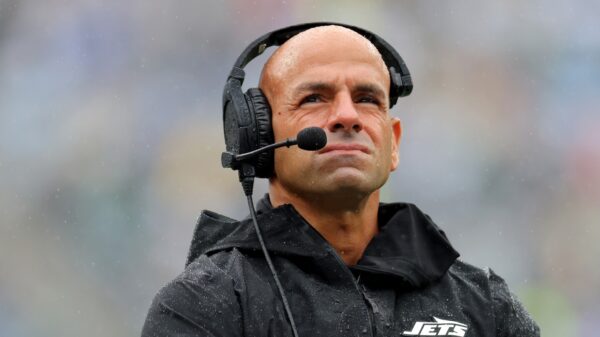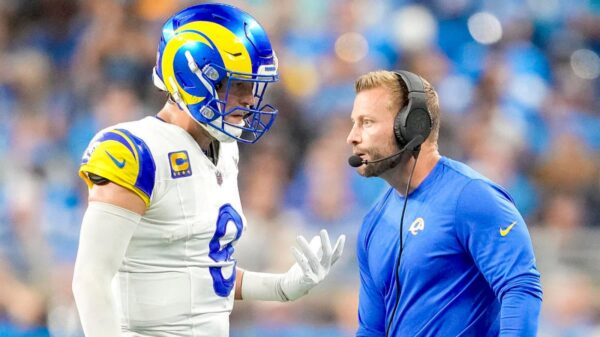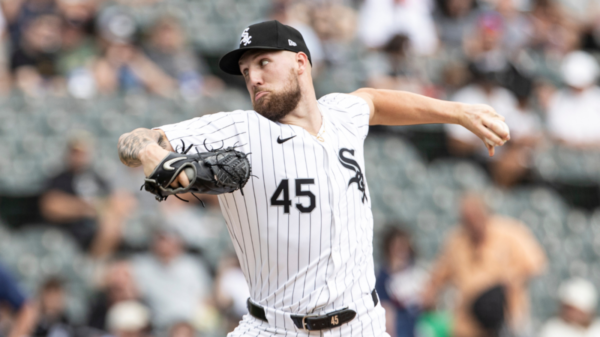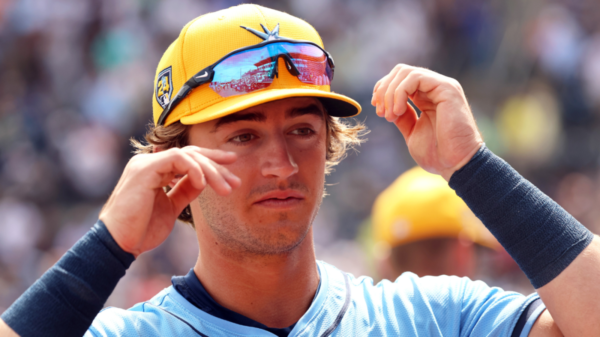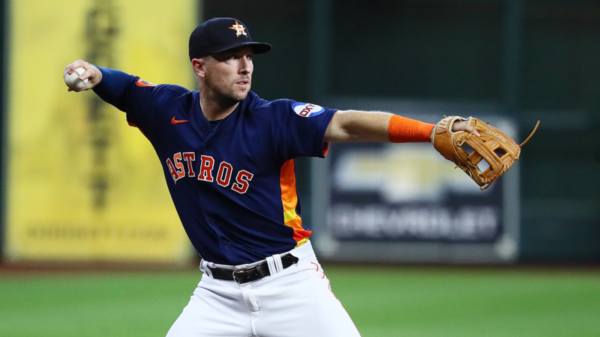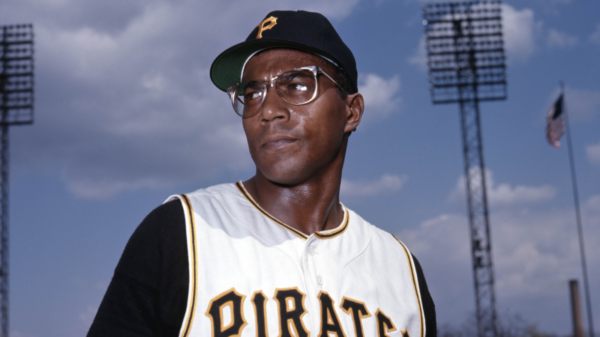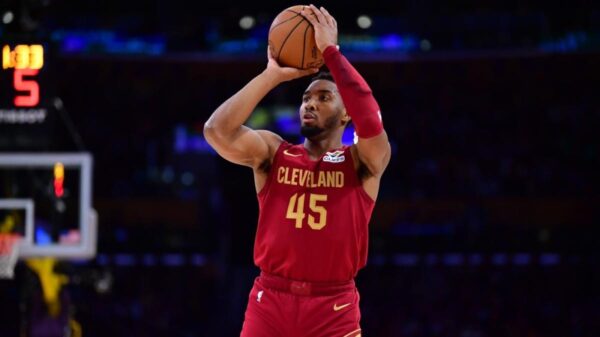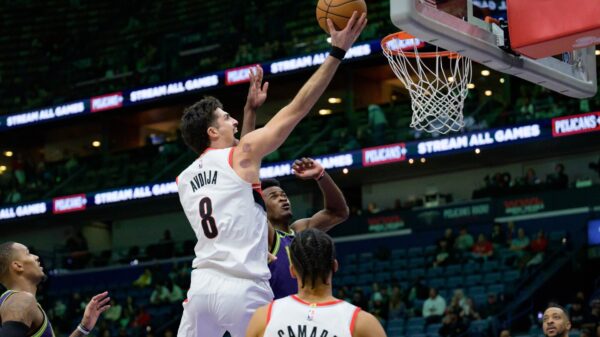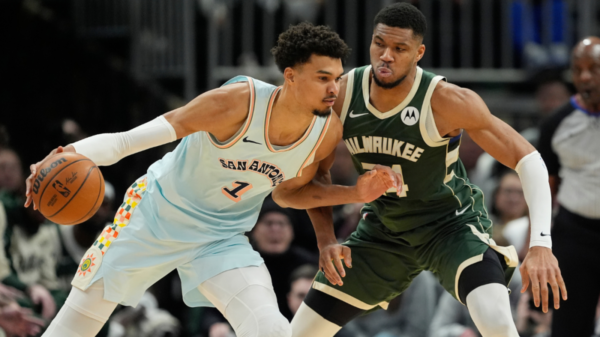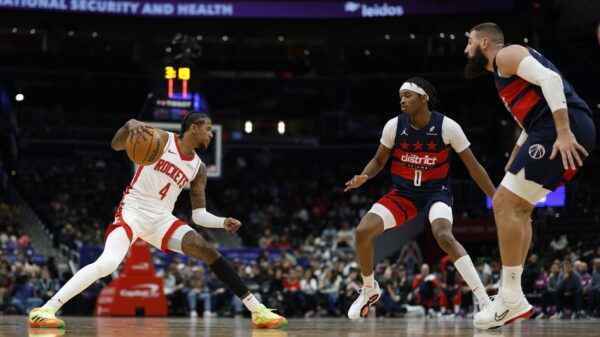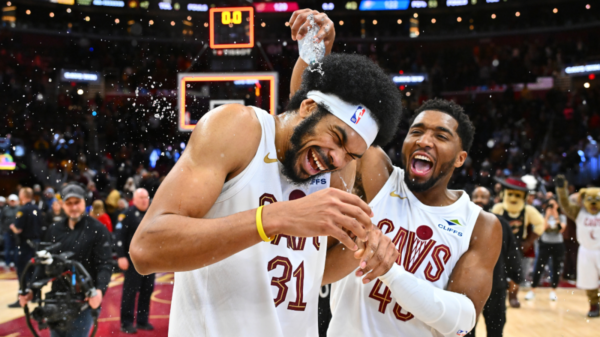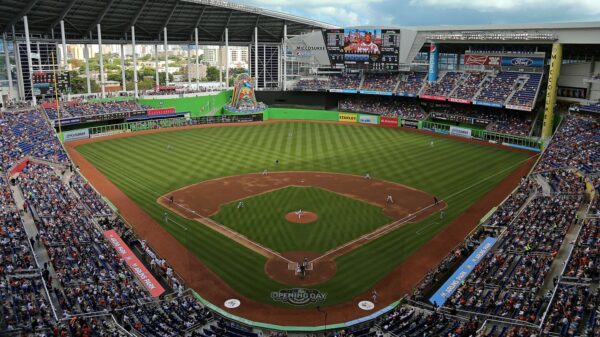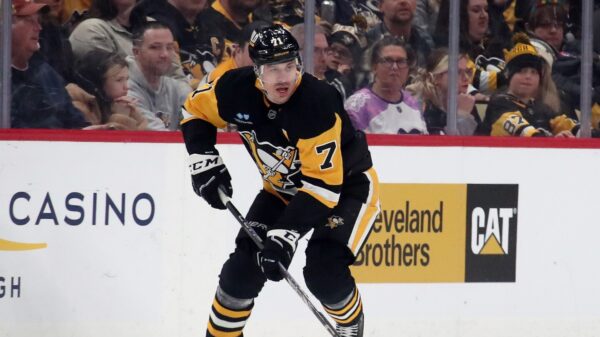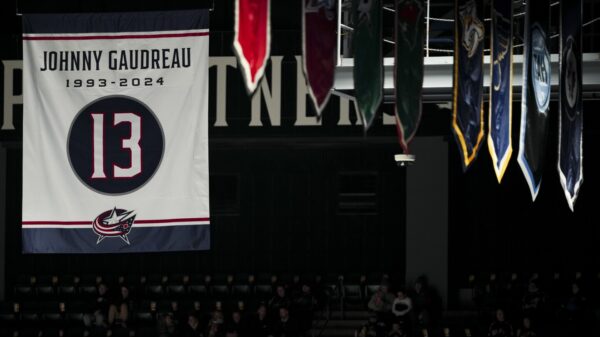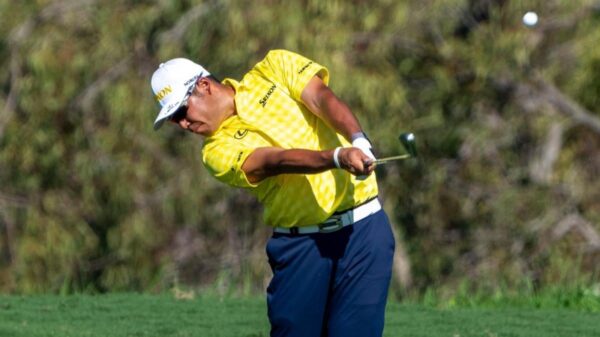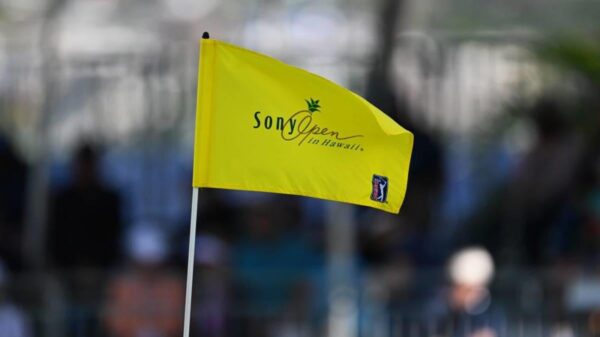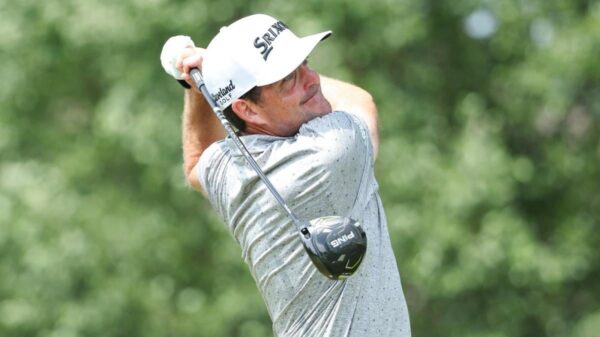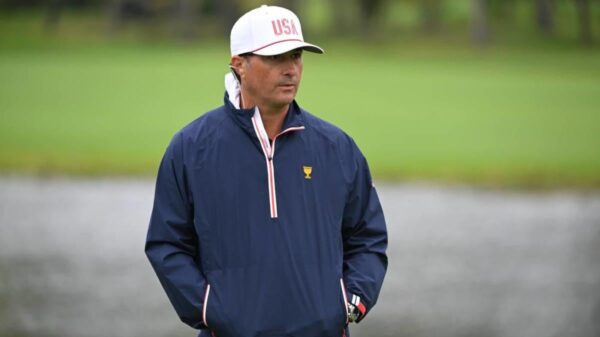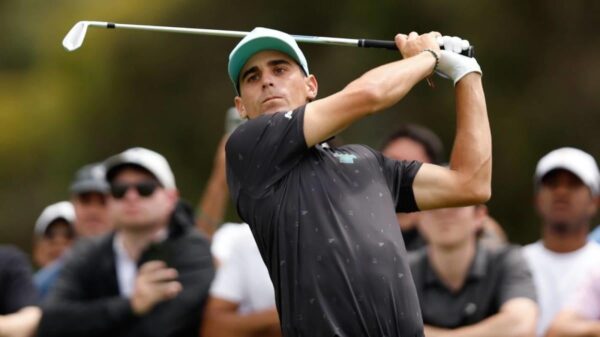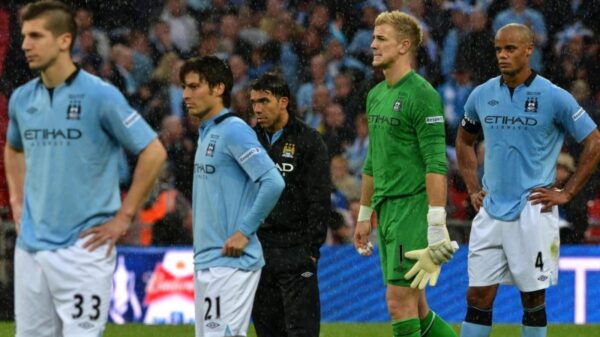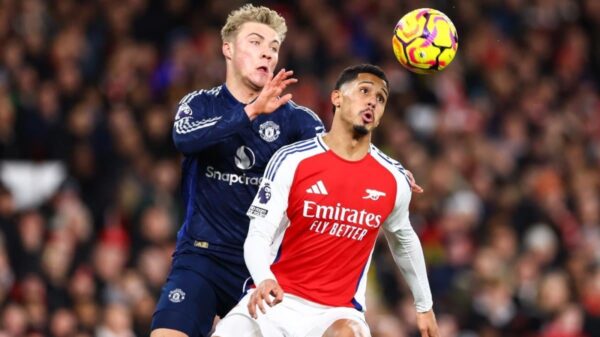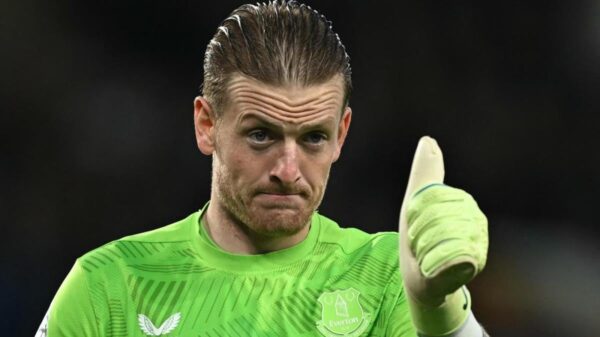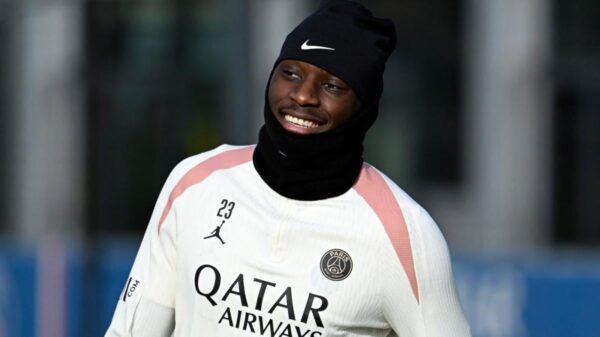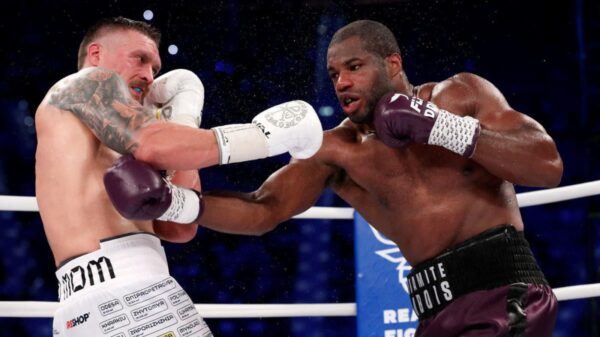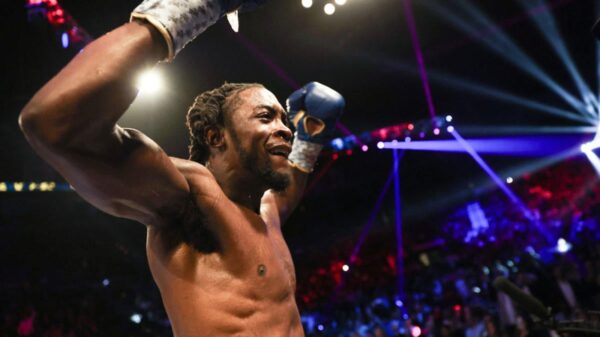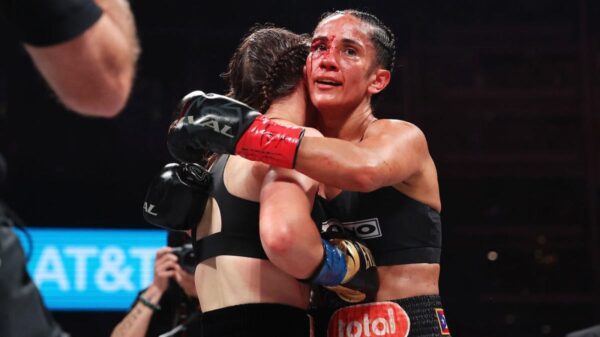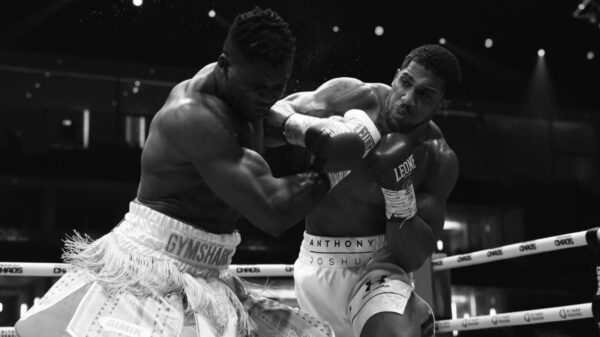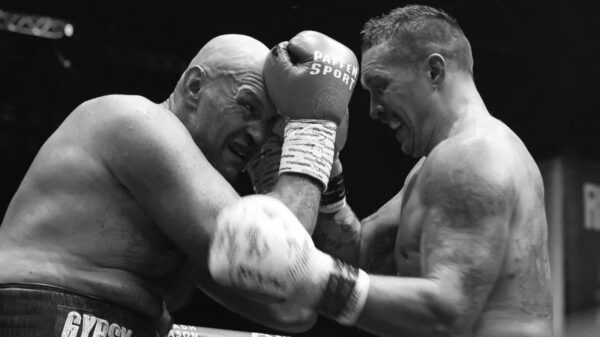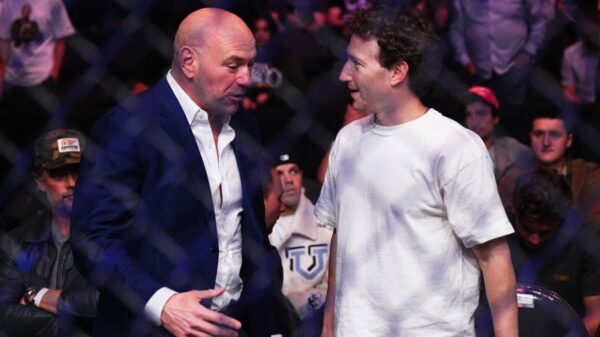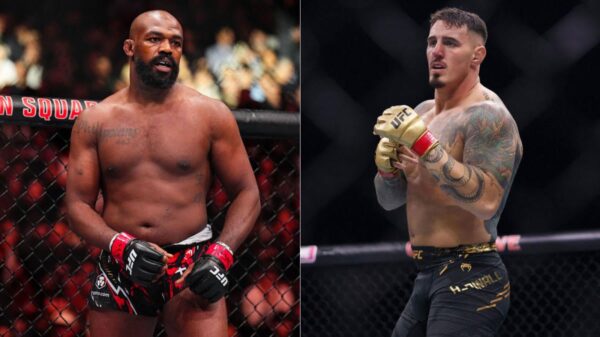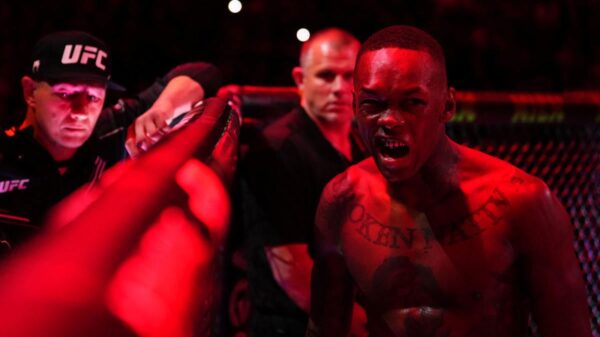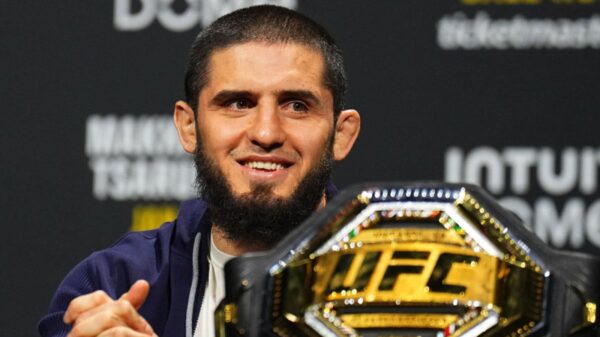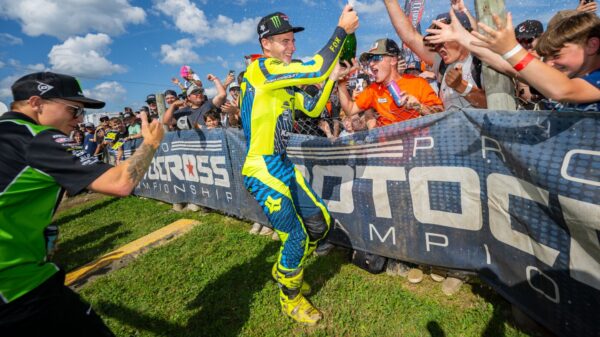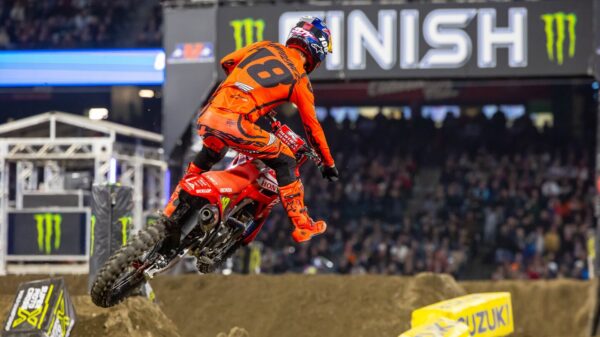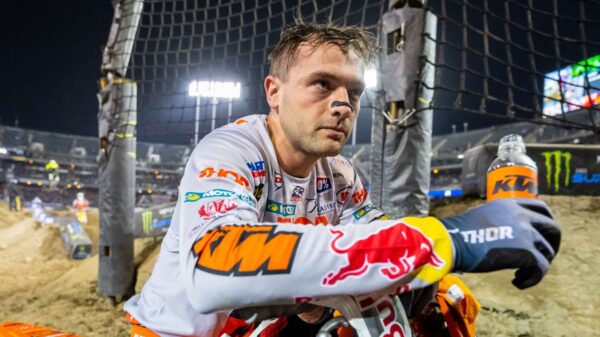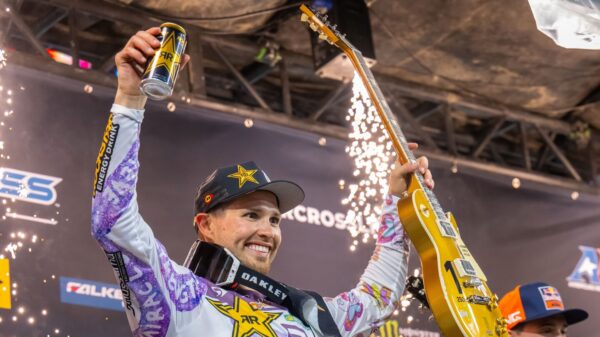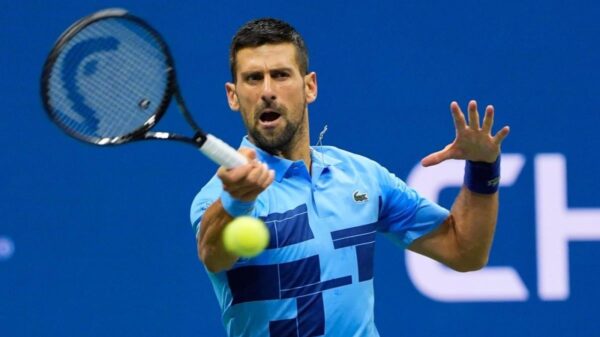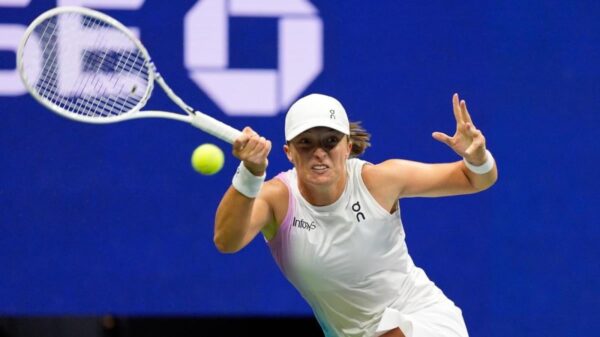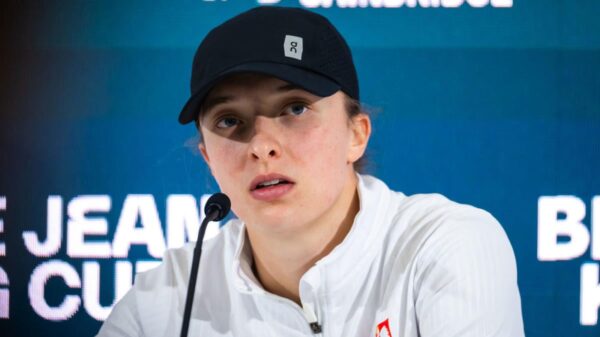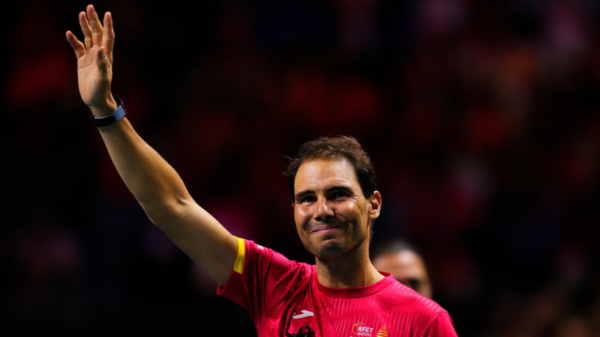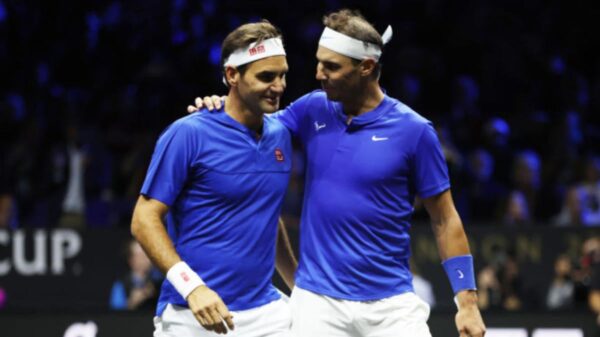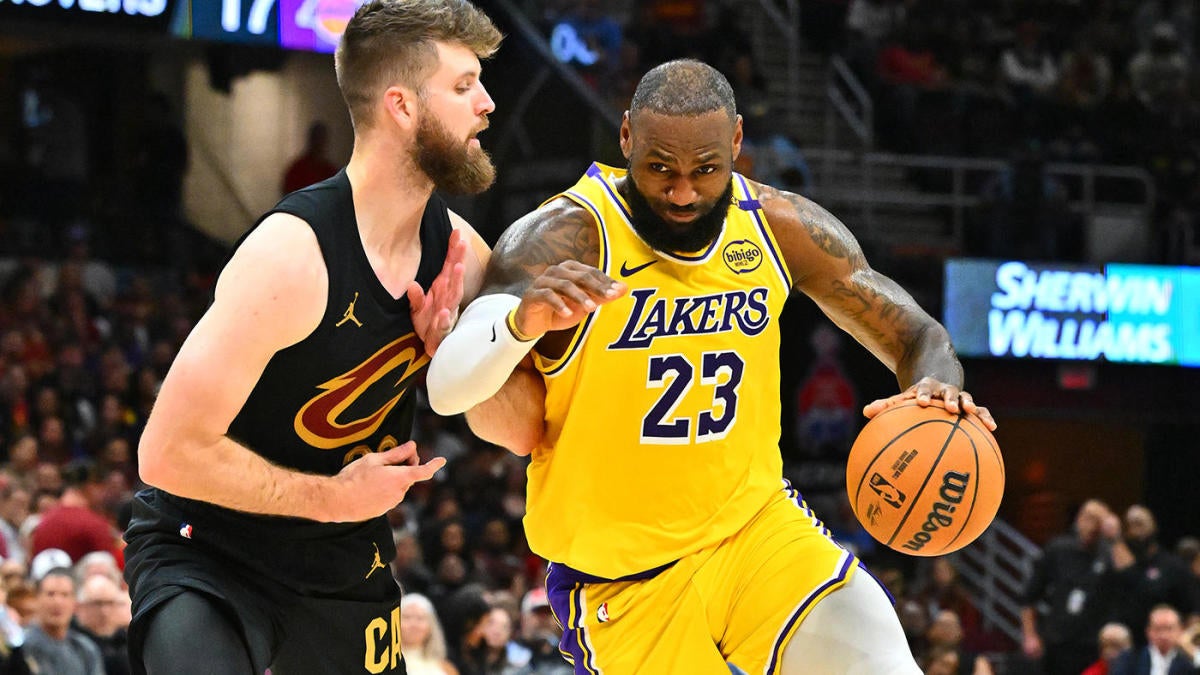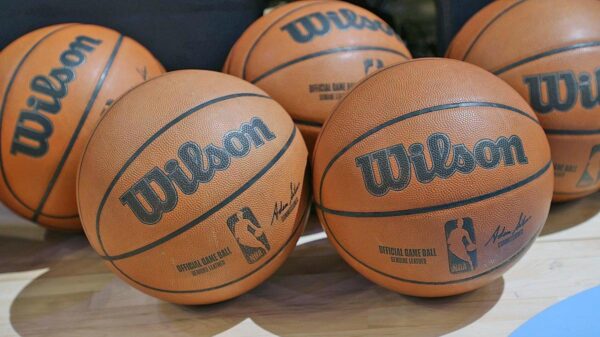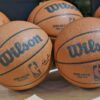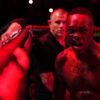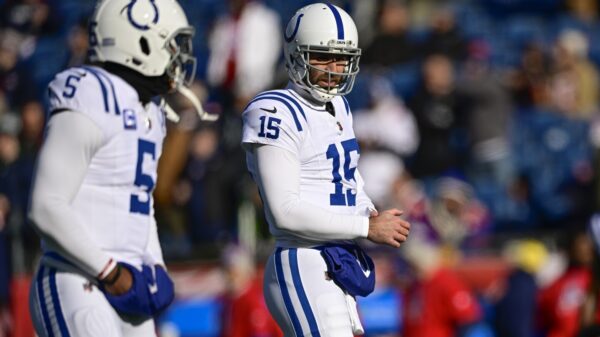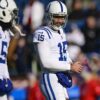We’re a little bit more than a week into the 2024-25 NBA season, and drawing meaningful conclusions from such a small sample is dangerous. Case in point: the Brooklyn Nets had the No. 3 offense in the NBA last October. They finished 23rd. The 6-2 Utah Jazz were the talk of the town in October 2022. They traded half of their veterans in February. Wes Unseld Jr. got Coach of the Year buzz in 2021 when his Wizards got off to a 5-1 start after the Russell Westbrook trade. He is no longer the head coach of the Wizards.
We always get early-season outliers, and then, more often than not, they regress to the pack. Of course, if everyone did, nothing would ever change in the NBA. Obviously some of these early-season surprises are for real, so with more than a week of games now in the books, let’s go through five important ones and figure out if they’re real or not.
What version of LeBron James are we getting?
Wednesday’s loss to the Cleveland Cavaliers was the worst game that the Los Angeles Lakers have played this season, but it was an important one for James, specifically. He took 10 shots in the restricted area against a very good rim defense. In the four games prior, he’d gotten to the basket only 21 times in total. Even if you account for the Cleveland game, his 6.2 restricted area shots per game is a steep drop from last year’s 7.7 and would be lower than any full-season number he’s ever posted. He’s shooting only 67.7% at the rim, down from 73.3% a year ago, and his drives are down to 9.3 per game. At his peak, at least during the tracking era, he was above 14.
There are a few important notes here we need to cover. First, we’ve done this dance before. James has become a bit of a slow starter when it comes to attacking the basket. His drives were down in this range of October of 2022 before picking back up a bit as the season progressed. His rim numbers lagged until December of last season. JJ Redick has also been very intentional about running more offense through Anthony Davis, who is having an incredible start to his season. The Lakers aren’t asking James to be his peak self.
They do need him to be a superstar, though, especially in light of their depth issues. If he’s getting to the basket a bit less, he’s going to have to make that up as a jump-shooter. He shot 41% from 3-point range last season. He’s shot well from deep to start this season too, but it’s not the norm and he’s been iffier inside of the arc.
You still see glimpses of something close to peak LeBron. The fourth quarter against Sacramento, in which he scored 16 points in three minutes, was a masterpiece. But there have been too many other stretches thus far this season in which his involvement in the offense has felt minimal and his age has started to show. It’s far too early to say with any clarity whether or not he’s declining, but he’s about to turn 40. The reality is that James’ season is probably going to bear some similarity to his start: quieter stretches with intermittent brilliance. He is still good enough to lift the Lakers when he needs to, but not quite the every-minute-of-every-game behemoth he’s pretty much always been.
Will the Celtics take more 3’s than 2’s?
If the answer is no, Joe Mazzulla is probably going to be annoyed. One of his most frequent talking points is his desire to push 3-point attempt rate as far as possible. His Celtics took 24 3’s in the first half against Indiana on Wednesday, and according to the broadcast, Mazzulla still said they could have taken more. Naturally, they took 27 in the second half. Through five games, the Celtics have taken 258 3-pointers and 213 2-pointers. That’s a 3-point attempt rate of 54.8%. No NBA team has ever taken more 3’s than 2’s over a full season. At this rate, it would be a surprise if Boston didn’t.
Could anything stop them? Probably not, but it’s worth noting that the Celtics tend to shoot more 3’s without Kristaps Porzingis than they do with him. They attempted 38.4 3-pointers per 100 possessions during his minutes last season, but 46 without him. That makes some degree of sense. He’s a great shooter, but he’s also Boston’s switch-buster, and that means killing mismatches closer to the basket when teams try to take away other shooters. Perhaps there are scenarios where he comes back quickly and injuries elsewhere lower Boston’s 3-point attempt rate, but realistically, we’re witnessing history here. The Celtics are taking shooting to a new level.
The single-season 3-point volume record books look about how you’d expect. The top nine spots belong to three players: Stephen Curry, James Harden and Damian Lillard, with Harden’s 13.2 attempts per game during the 2018-19 season topping the list. Well, at least before this season, because through four games, Anthony Edwards has attempted 53 3-pointers. That’s 13.3 per game, the new NBA record.
Granted, there are quite a few players flirting with history on this front. They’re just a bit easier to explain. Tyrese Maxey is currently fourth all-time with 12.7 attempts per game, but he’s currently carrying Philadelphia’s entire offense on his back. Jalen Green is at 11.5, but he was moving in this direction down the stretch last season when he averaged 9.6 attempts in his final 15 games. LaMelo Ball has a 3-point attempt rate above 58%, but he’s gone as high as 53.1% in the past. That’s what makes this Edwards leap so unusual. Last season, only 34.1% of his shot attempts came from behind the arc. This season? He’s up to 58.9%.
Intuitively, it made some degree of sense for Edwards to shoot more 3’s. The Timberwolves traded one of the best shooting power forwards in the NBA, Karl-Anthony Towns, for an inconsistent one in Julius Randle. Their starting lineup was already light on shooting since Rudy Gobert never takes 3’s and Jaden McDaniels mostly misses his. If Minnesota was going to play viable overall offense, shooting needed to come from somewhere. Naz Reid and Donte DiVincenzo could bring it from the bench, but Edwards has had to be the high-usage player who prioritizes it in the starting lineup. That he’s making those 3’s (a 41.5% hit rate thus far) suggests he’ll keep taking them.
Notably, he’s not creating these extra 3’s in a single way. He’s more or less doubled both his catch-and-shoot 3-point volume (2.1 attempts per game up to 4.5) and his pull-up 3-point volume (4.5 attempts per game to 8.8). Some of this is the result of higher usage. He’s taking almost three more total shots per game than he did a year ago. He’s mostly just directed volume away from other kinds of shots. He’s taking roughly one fewer mid-range attempt per game than he did a year ago. That’s good. He’s also taking almost three fewer shots in the paint per game. That’s bad.
There’s going to be a middle ground here with time. Minnesota will figure out its spacing through either scheme or trade. Having a star ball-handler that can take a bunch of 3’s is enormously valuable, especially if Edwards keeps making them at the rate that he has. But what makes him special is what he can do near the basket, and the Timberwolves would rather find new ways to emphasize that than see him shoot at Curry or Harden volume. The right mix is probably closer to 10 or 11 3’s per game, not 13.
Will the Thunder break the stocks record?
The Oklahoma City Thunder are very good at defending straight up. They contest the fifth-most shots in the NBA. Their opponents are shooting only 37.7% from the floor, by far the best figure in the NBA. If you told the Thunder they were not allowed to touch the basketball on defense until they were going for a rebound, they’d still be pretty solid. What makes this defense historic, though, is what happens when it does touch the ball. Spoiler alert: it does so a lot.
The Thunder are averaging 13.8 steals per game. That, alone, would be the most in NBA history in a single season. But let’s take this to the next level. The record for steals in a single season currently belongs to the 1977-78 Phoenix Suns at around 12.9. What separates the Thunder is that those Suns averaged 4.5 blocks per game and the Thunder are averaging nine. The traits that lead to generating a lot of steals don’t always correlate with the traits that lead to a lot of blocks. They do for Oklahoma City, which, surprise, surprise, leads the current NBA in blocks. And yes, if you were wondering, the Thunder are currently on track to become the first team ever to average nine blocks per game.
Now, as we keep pointing out, we’re talking about small samples here. The Thunder probably won’t break the steals record. They probably won’t break the blocks record. But the combined record? Oh yea, that’s completely in play. Tracking for the two of them together goes back only as far as the 2003-04 season, but the record since then is 16.5. The Thunder are at 22.8. Sure, injuries can happen, and those numbers are so high that there’s likely regression coming too. But virtually every other number we can track here suggests that this isn’t a fluke. Oklahoma City is also on track to break the deflections record. Those have only been tracked since the 2016-17 season, but they are averaging 22.5 of them and the record is 18.5.
The single-season defensive rating record is more or less impossible for a modern team to touch. Oklahoma City is currently tied with the record-holder at 91.3 points allowed per 100 possessions, but that record-holder is the 1975-75 Washington Bullets. There was no 3-point line back then. Every team in the top 25 either played in the 70s or played during the hand-checking dead-ball era of the late-90s and early-2000s. That leaves stocks as the easiest way to appreciate the historic nature of what we’re seeing here. No defense has ever been better at getting its hands on the ball than the current Thunder.
Has Zach LaVine played his way back onto the trade market?
Kindly ignore the 36 minutes LaVine just spent in hell with Jalen Suggs. When he hasn’t played against Suggs, specifically, LaVine has looked like an All-Star again, averaging 26 points on 55-46-82 shooting in his first four games, and since two of those games came against the Thunder and Herb Jones, we can mostly write off the Orlando game. He’s even moving without the ball this year! LaVine has more points off of cuts in five games (12) than he did in 25 games a season ago (10).
Aside from last season, production wasn’t really ever the question with LaVine. It was health and contract. LaVine looks healthy today. It’s also been only five games. His contract, three years at max money, remains problematic in the second apron era. The Bulls just spent an entire offseason trying and failing to move it.
Could they do so now? Well, probably not without taking bad money back themselves. There are plenty of onerous contracts floating around the NBA right now. Are the Nuggets desperate enough for creation to consider flipping Michael Porter Jr. and Zeke Nnaji for LaVine? Potentially, especially if LaVine continues to prove willing to cut. But Porter also comes with a scary injury history of his own. Would Chicago prefer the younger Porter and his back issues? Nabbing him at least breaks one big contract up into two smaller ones, and it helps clear a logjam in the backcourt.
These are the types of moves that might be on the table for LaVine. Find a team that badly needs scoring out of the backcourt and has a bad contract of its own to move. Those are tricky deals to find, but it’s a step up from the “we can’t give him away” summer Chicago’s front office seemingly just had. It’s a start. If he’s still playing this well in January or February, it might become something more.
Looking for more NBA coverage? John Gonzalez, Bill Reiter, Ashley Nicole Moss and special guests dive deep into the league’s biggest storylines daily on the Beyond the Arc podcast.
Read the full article here

